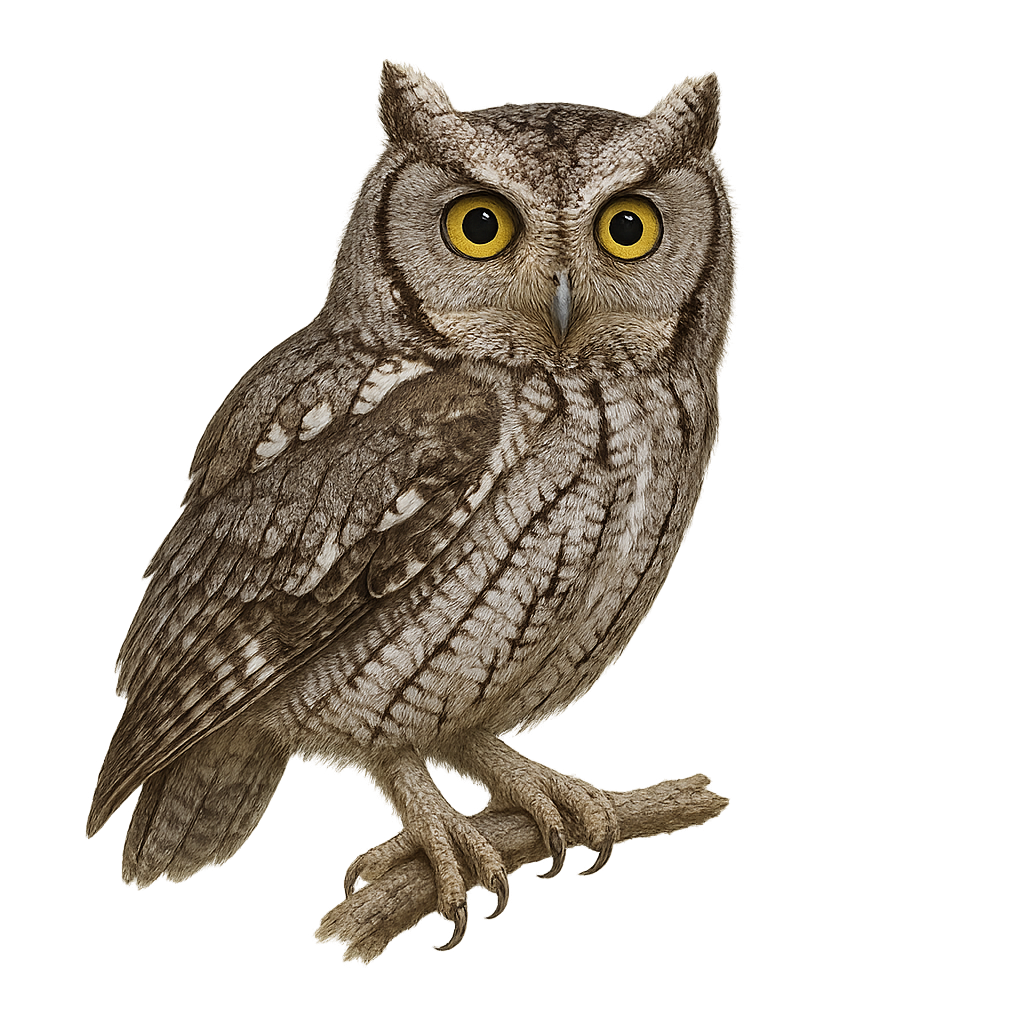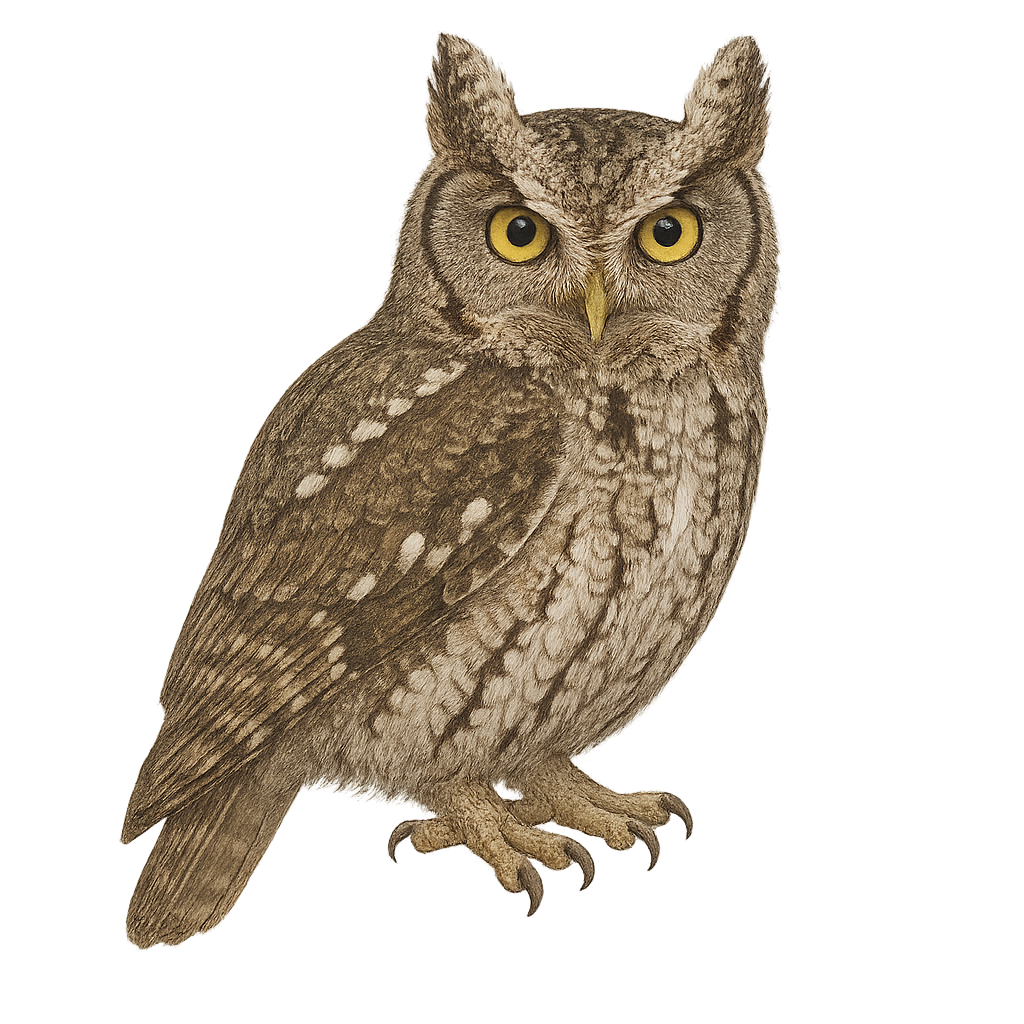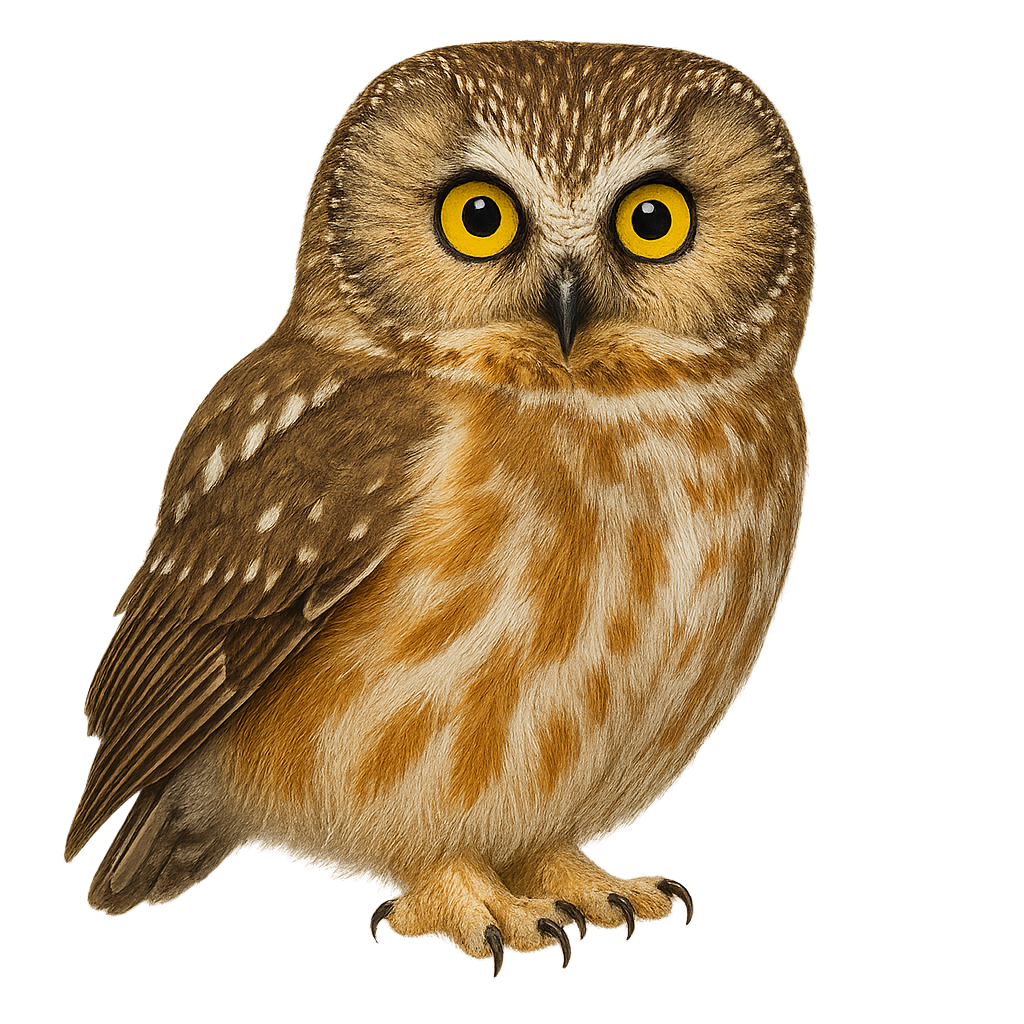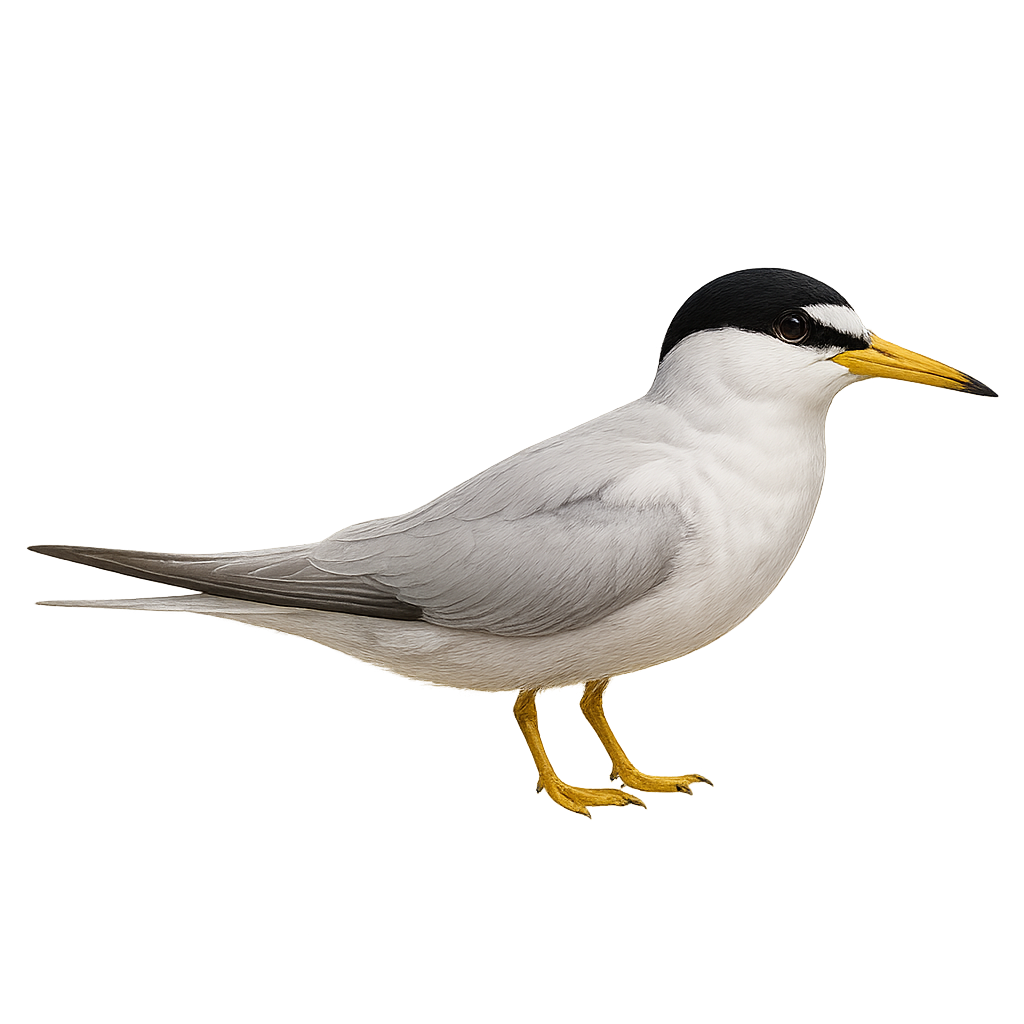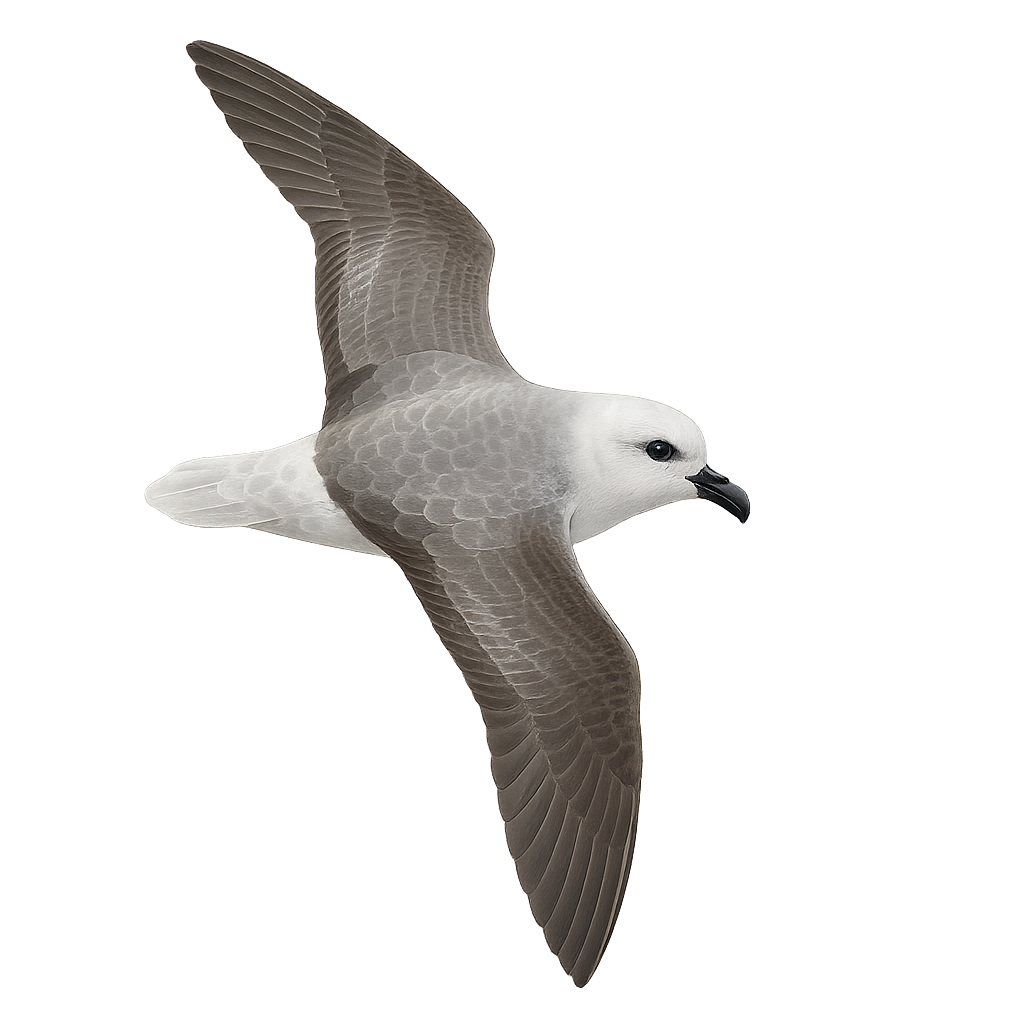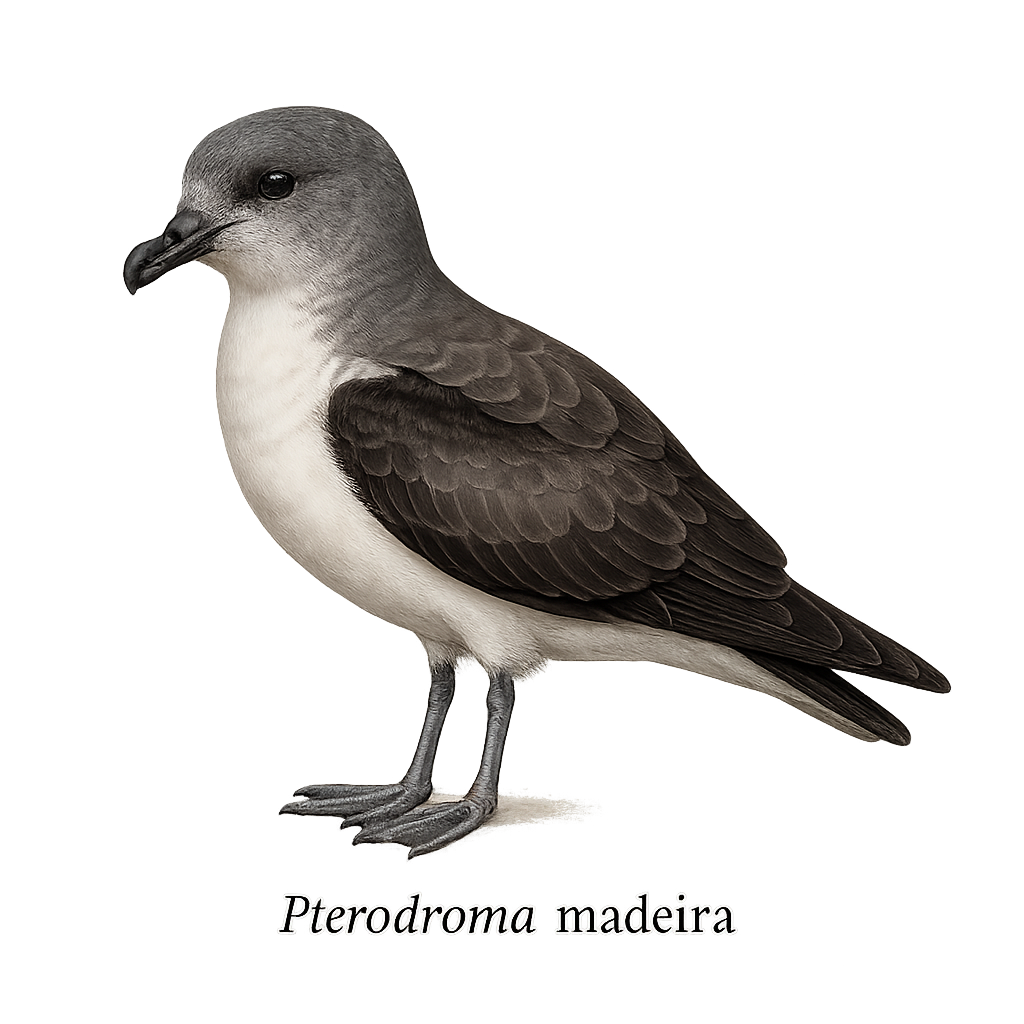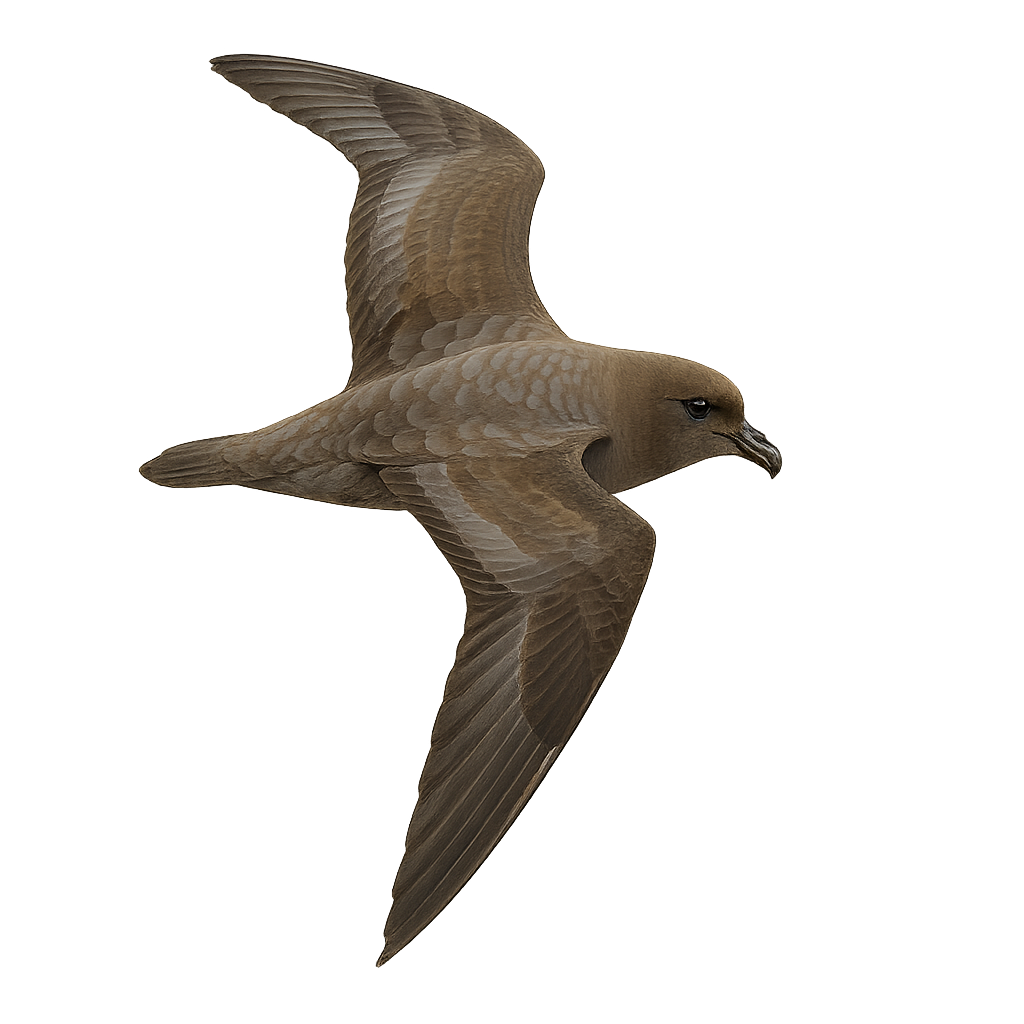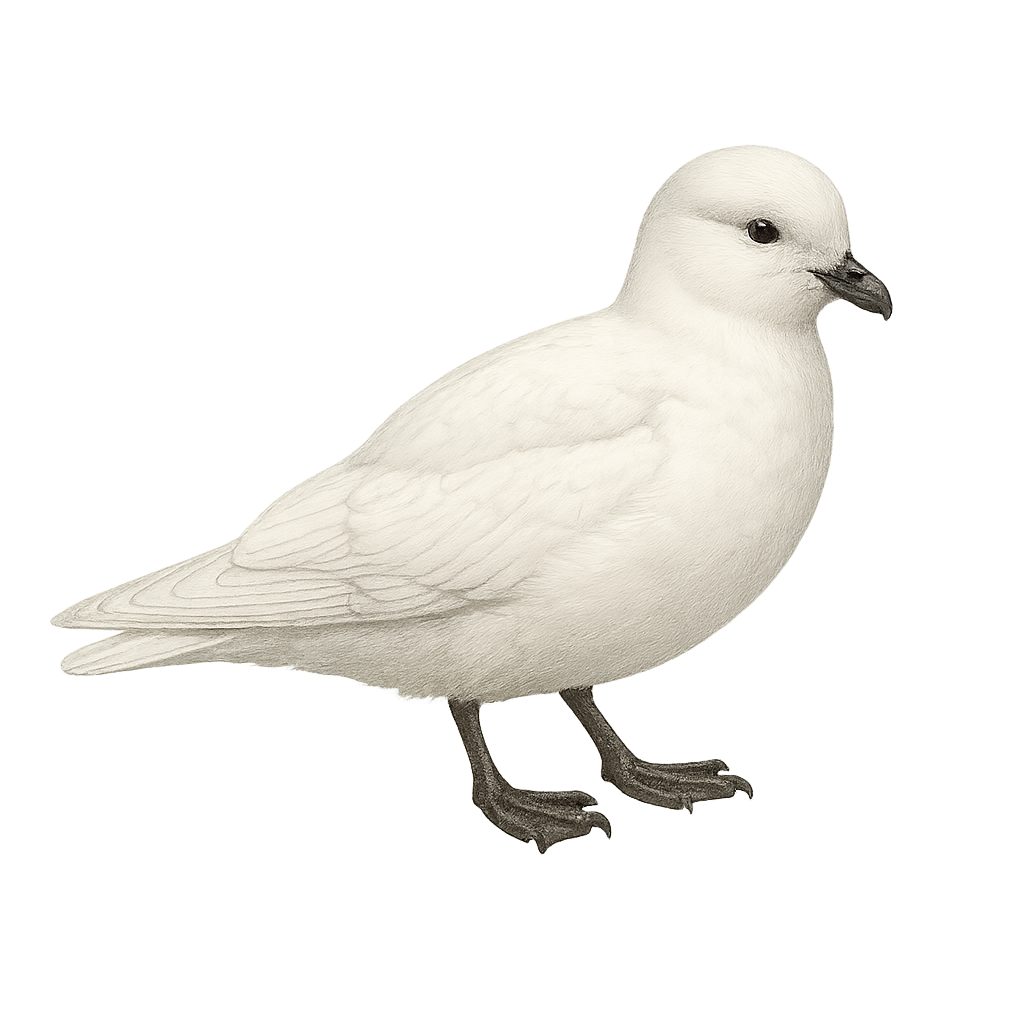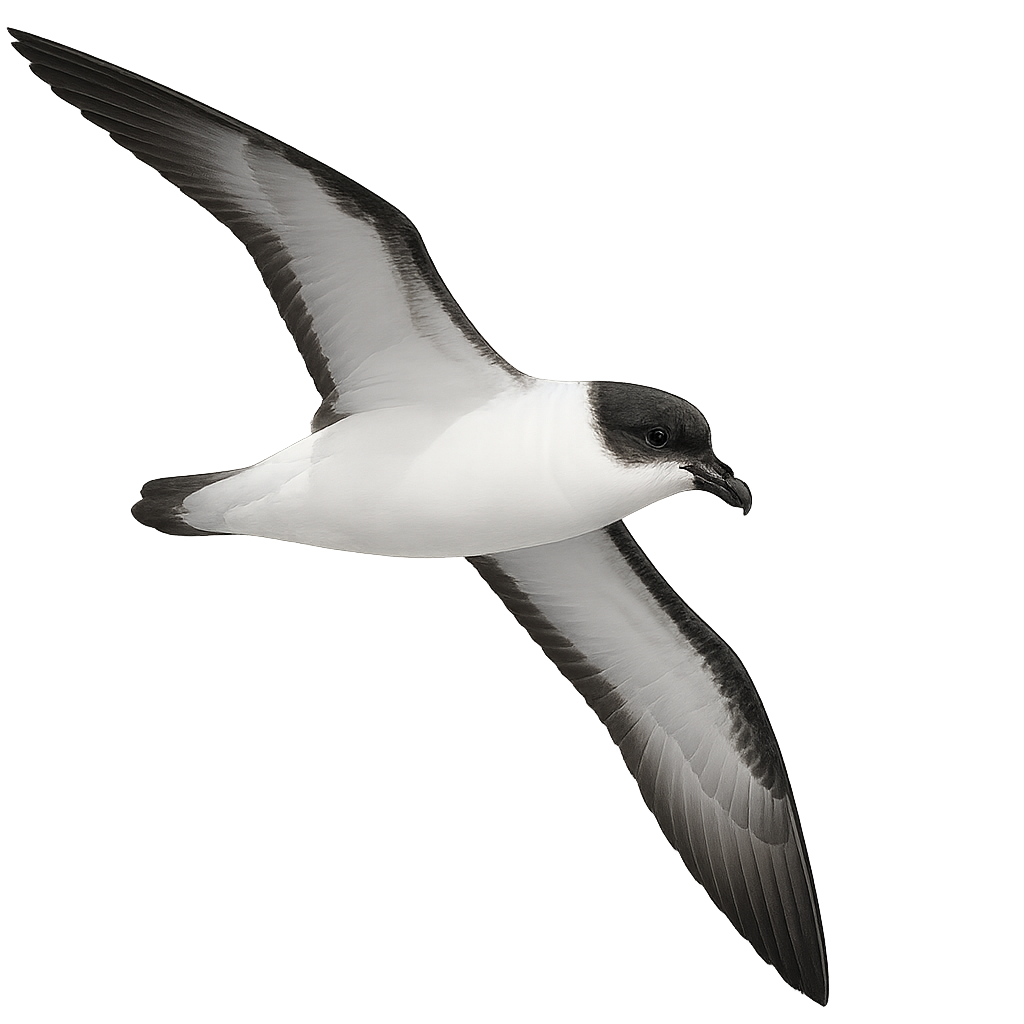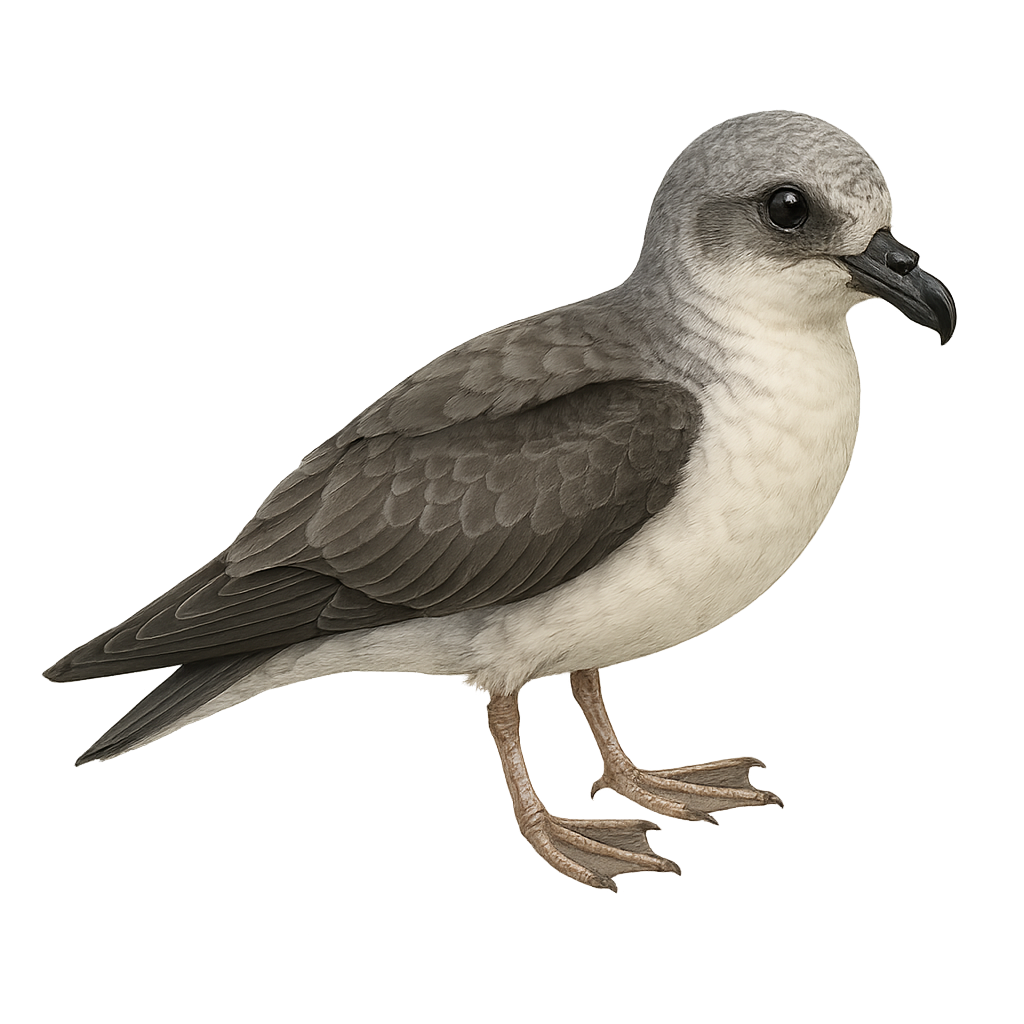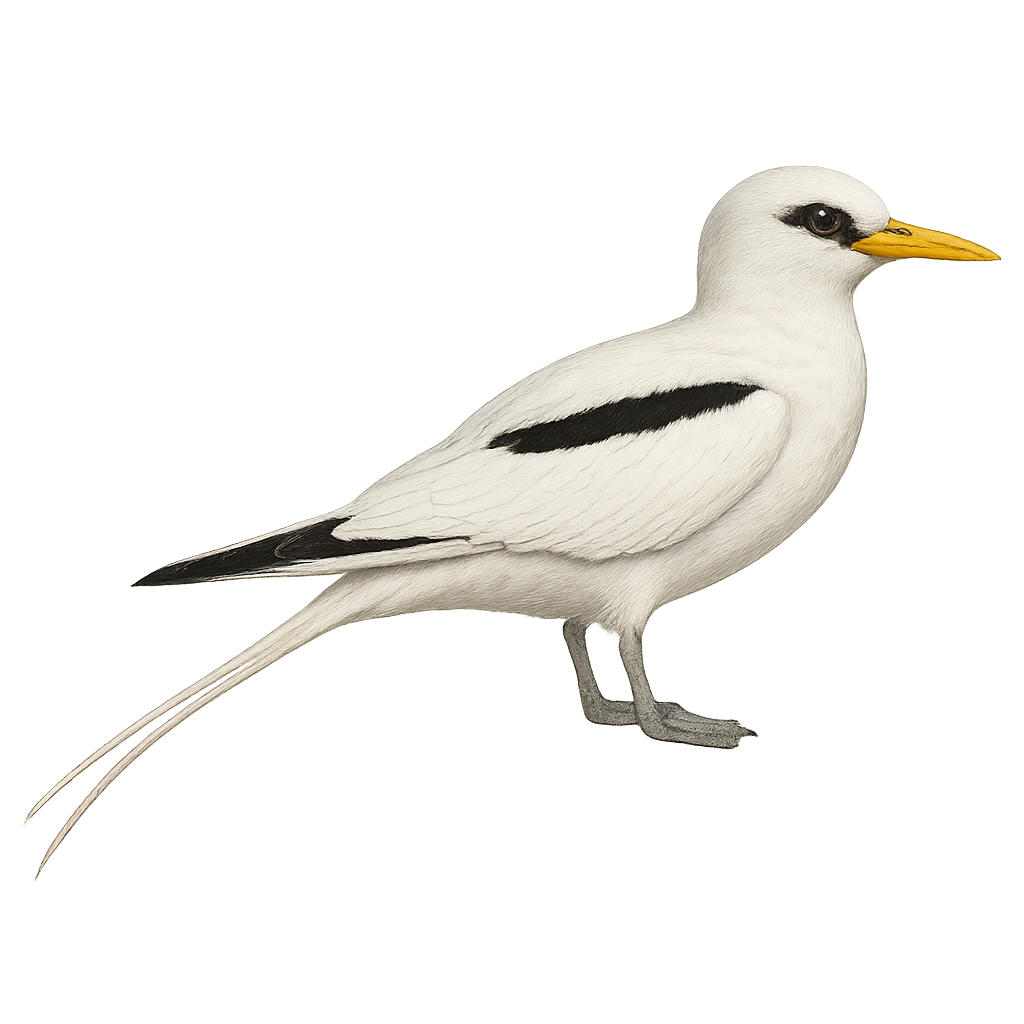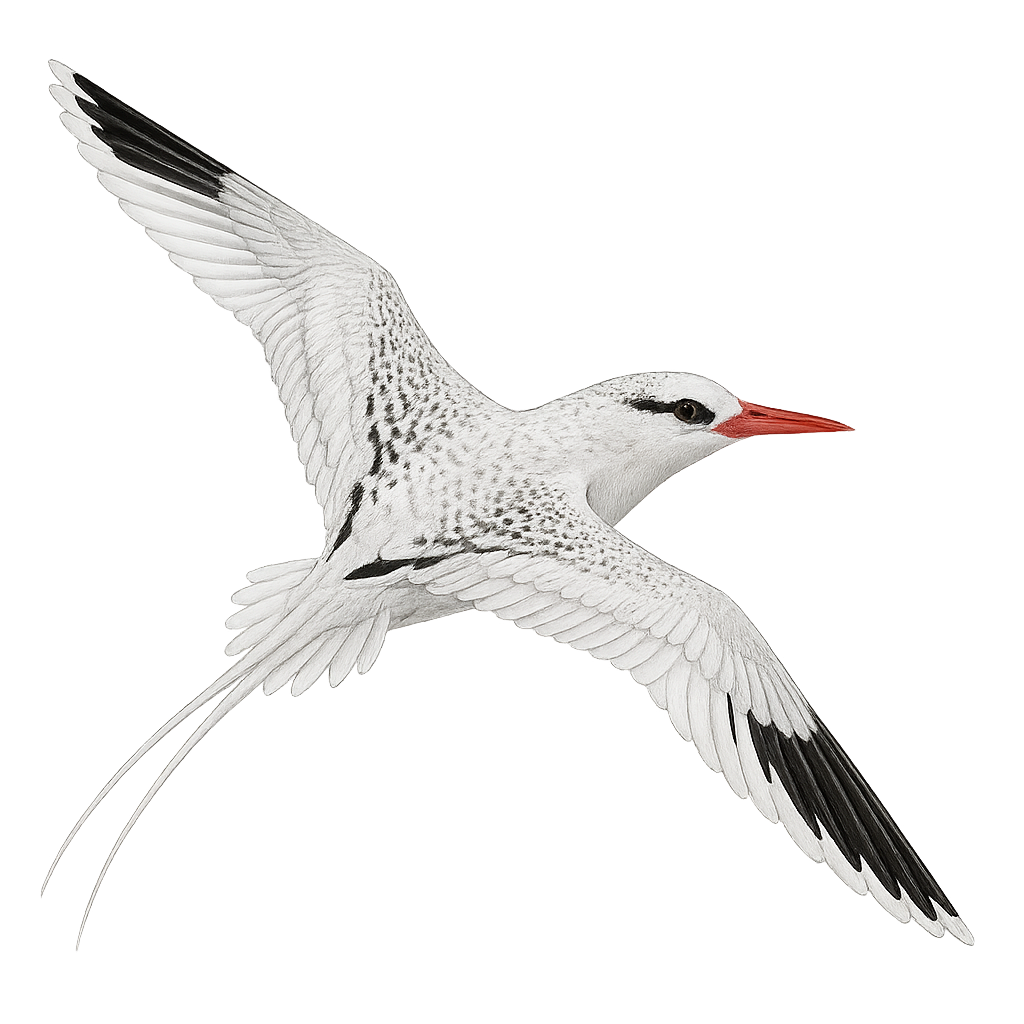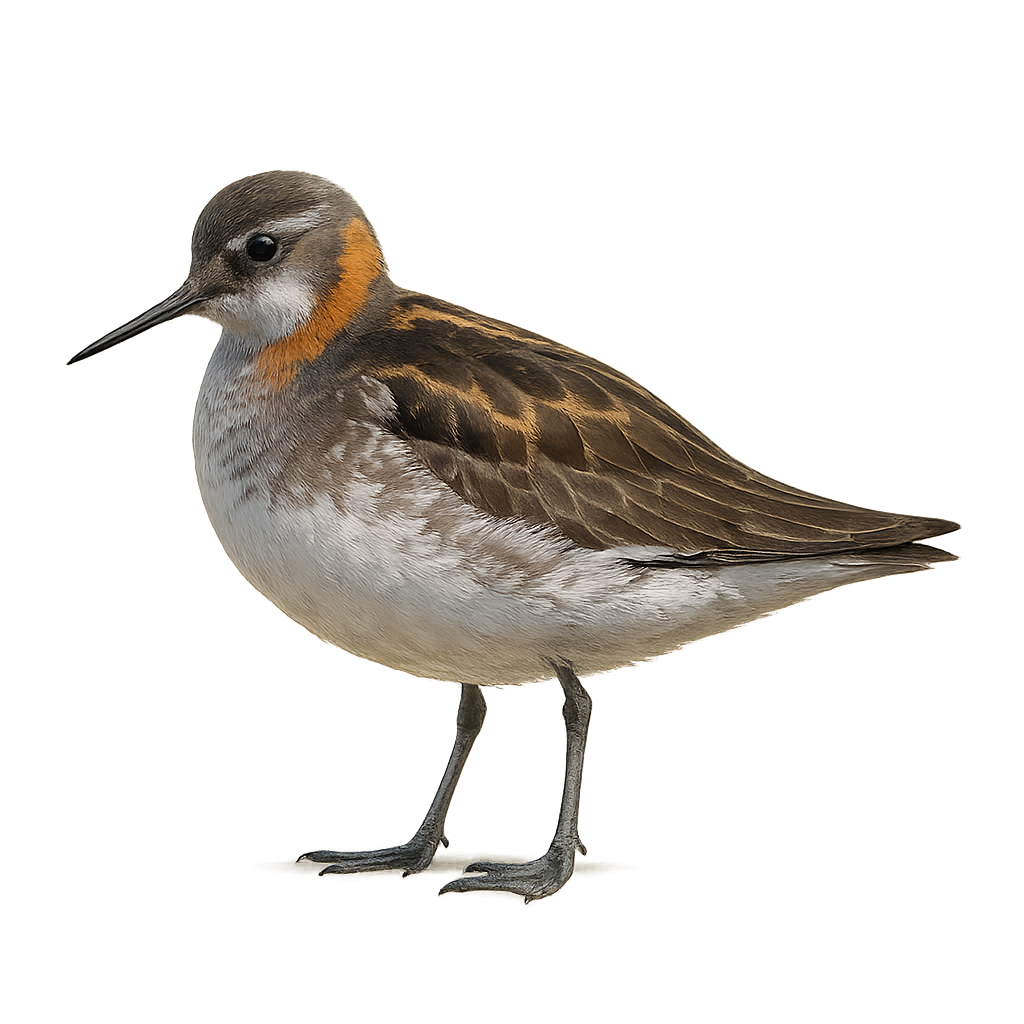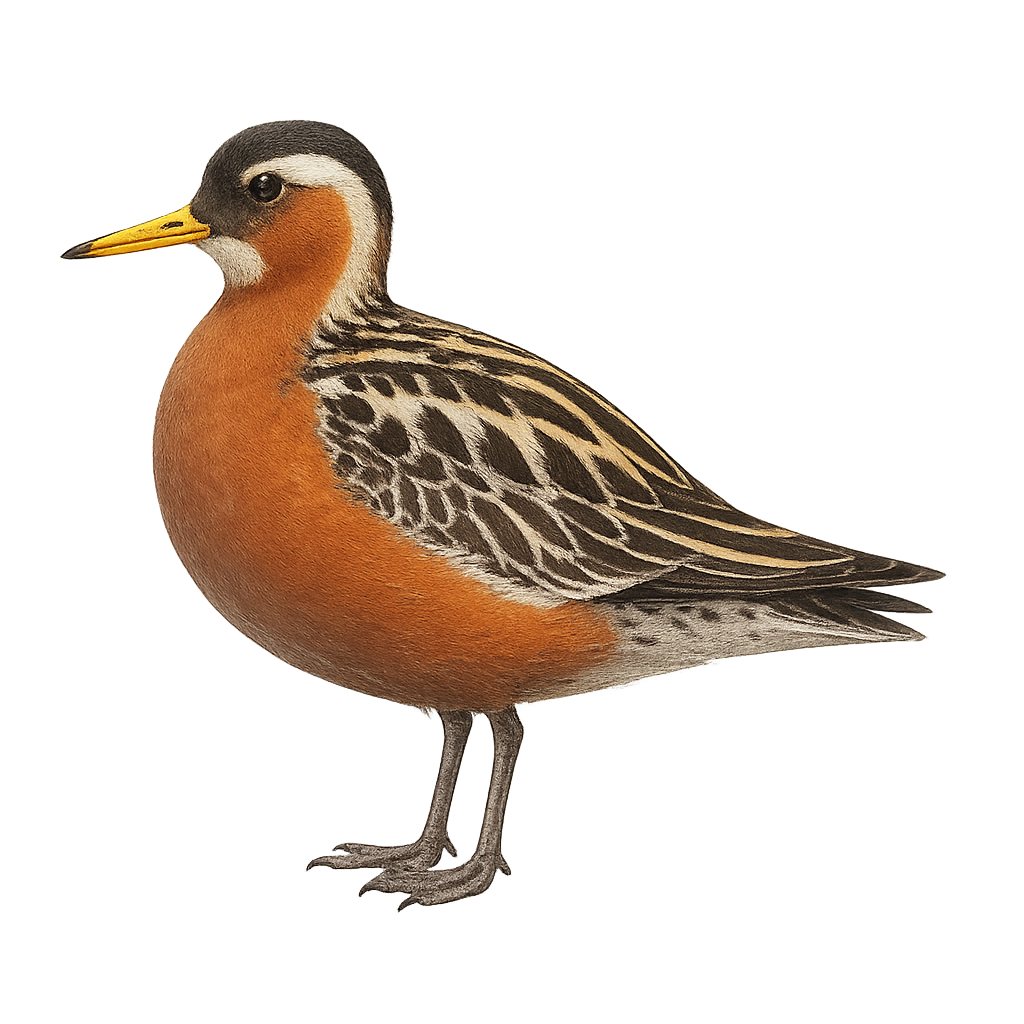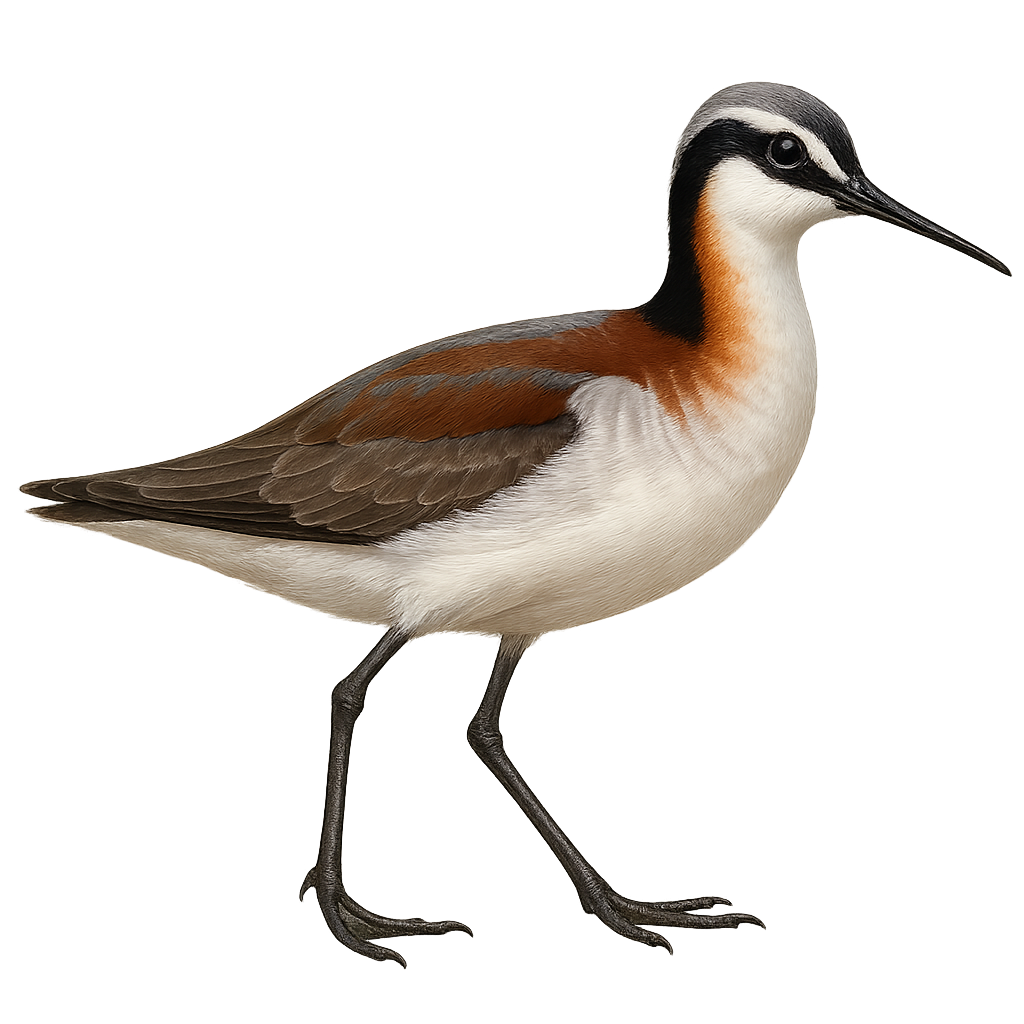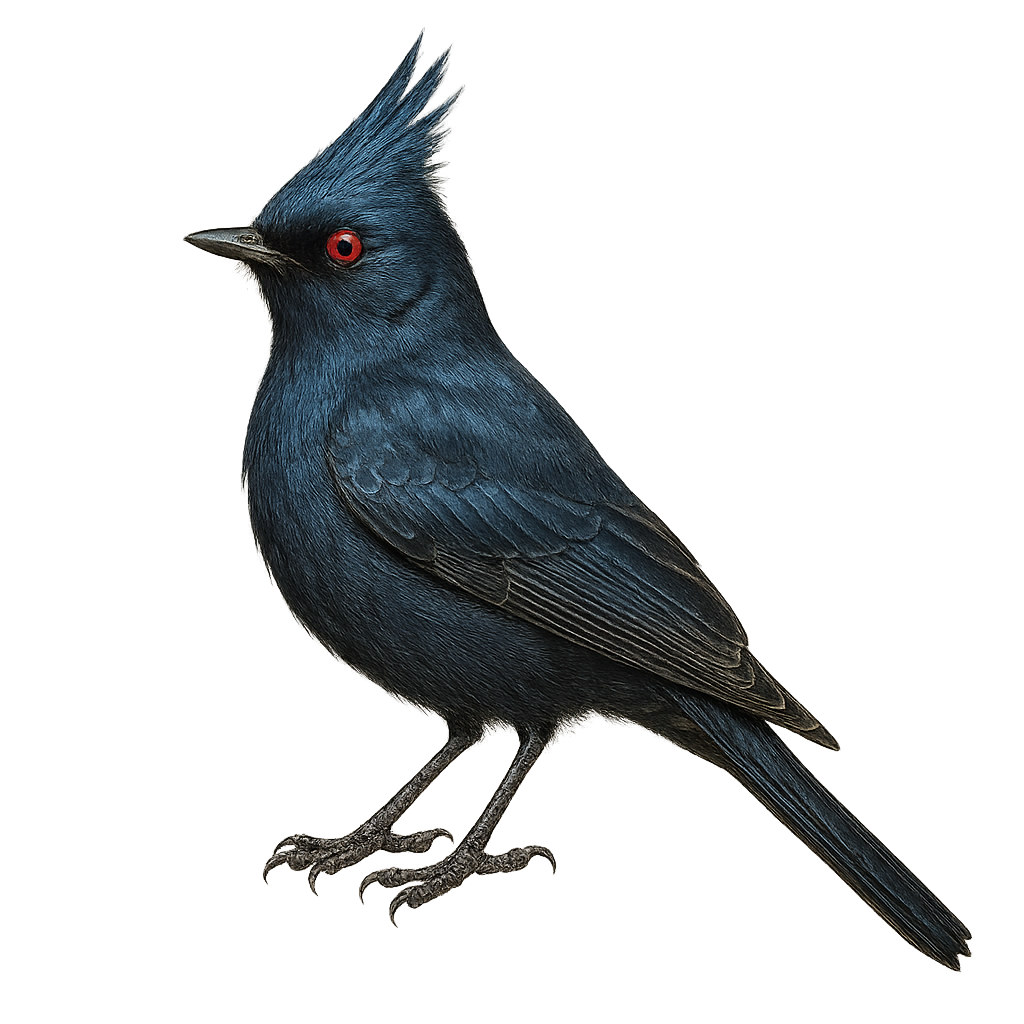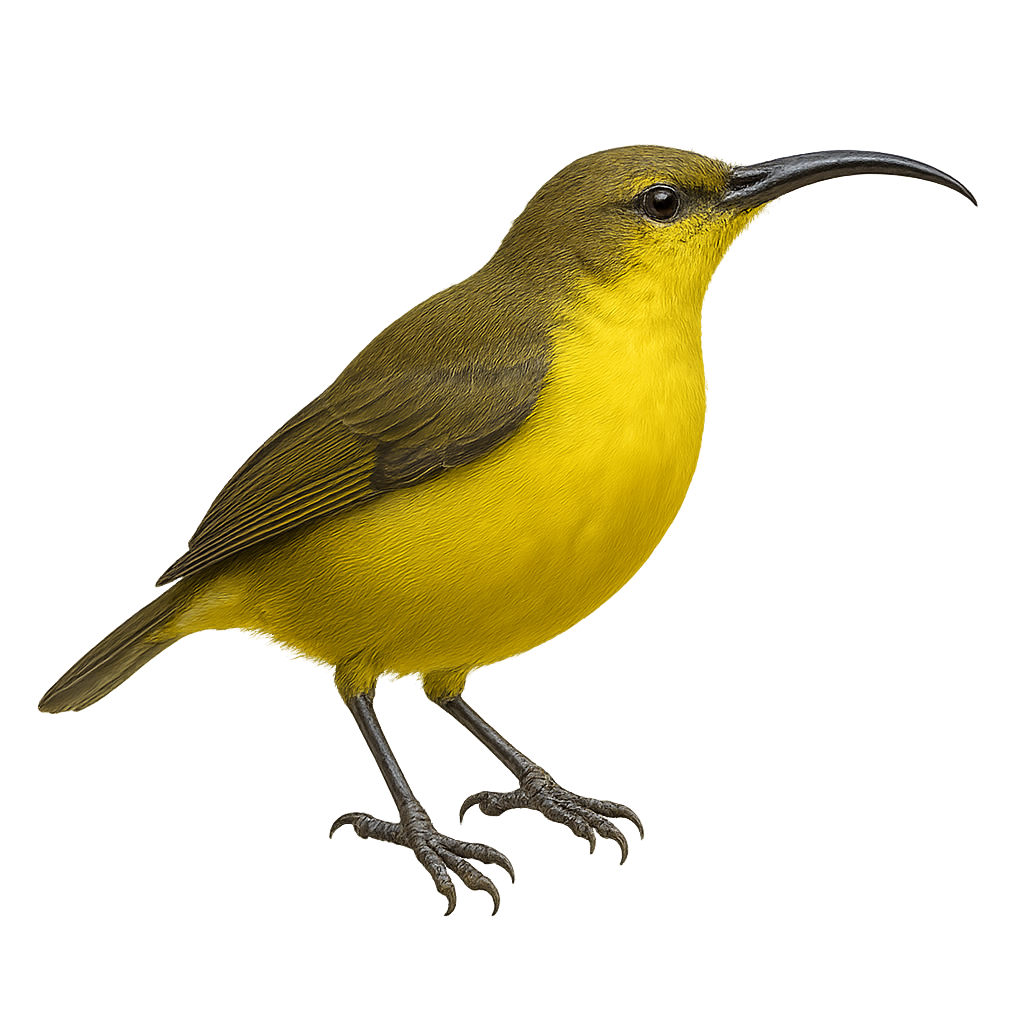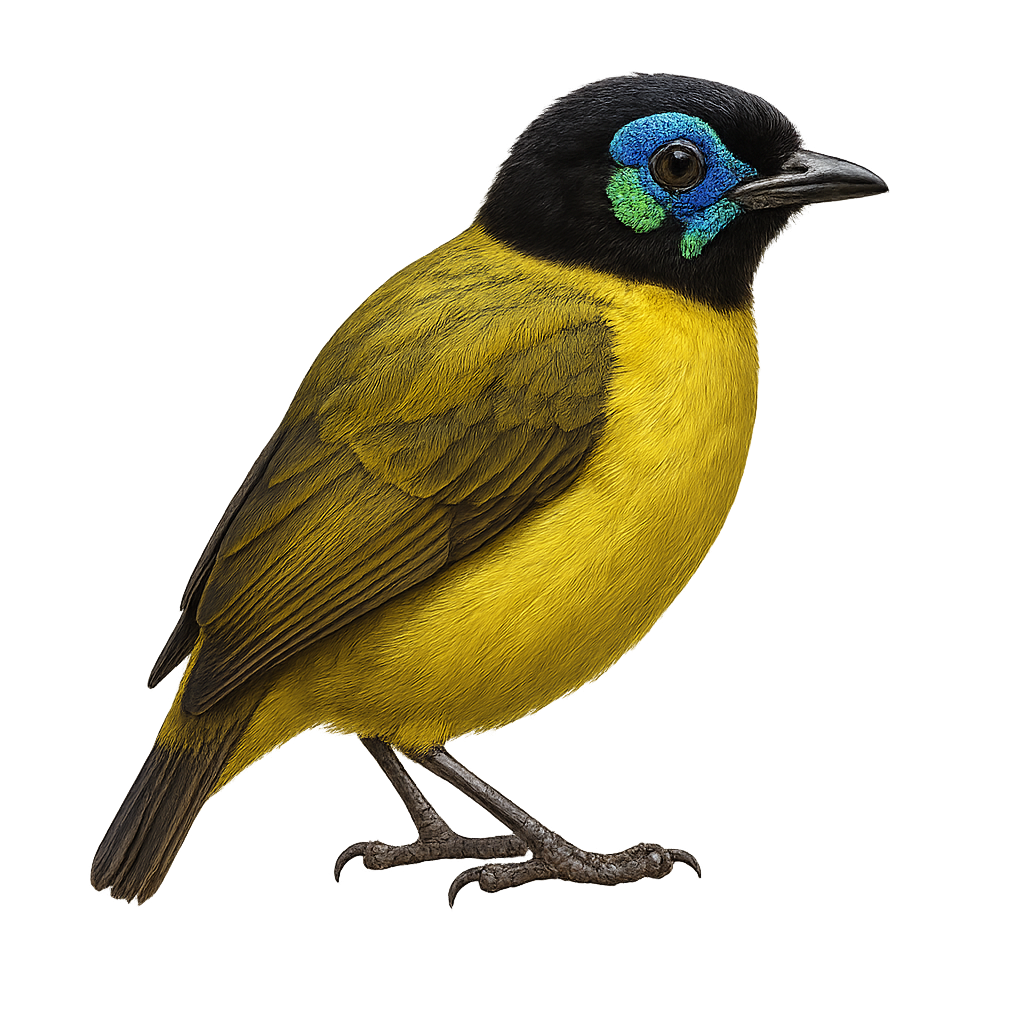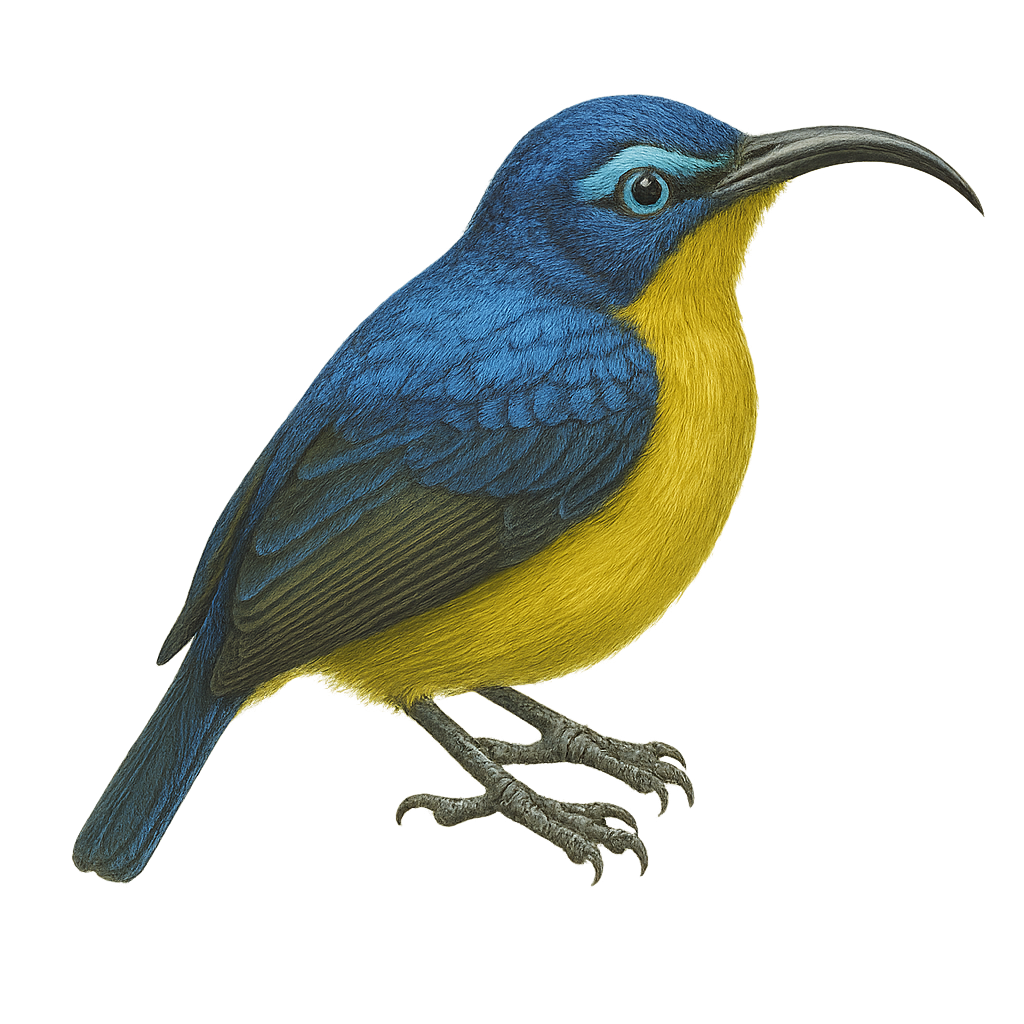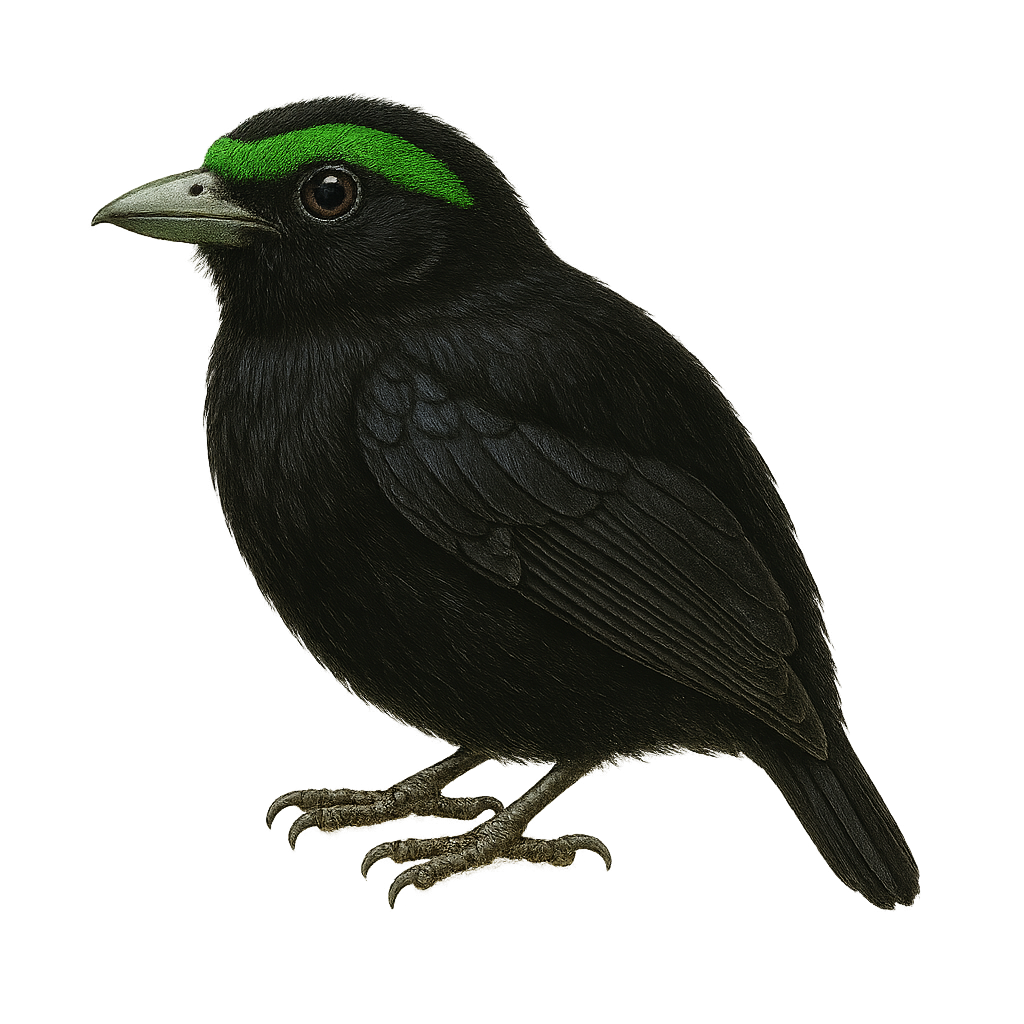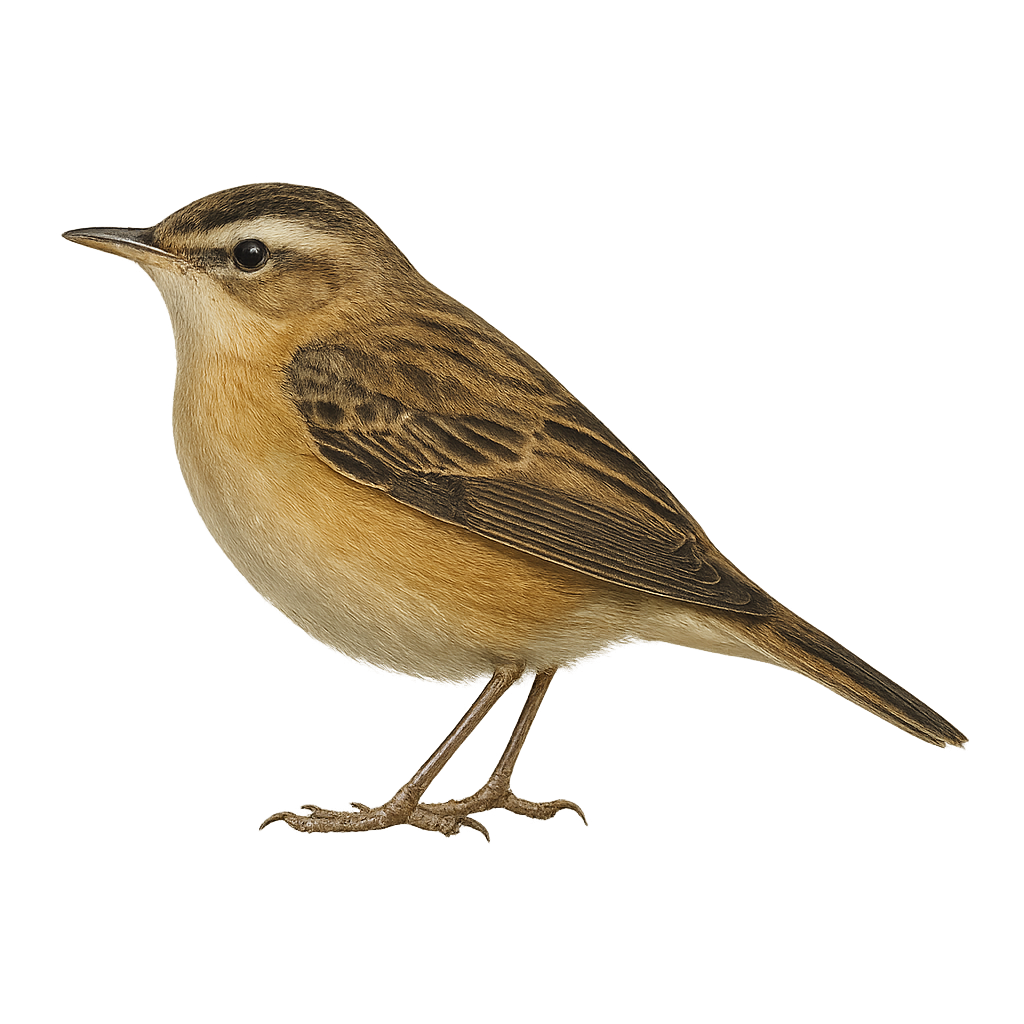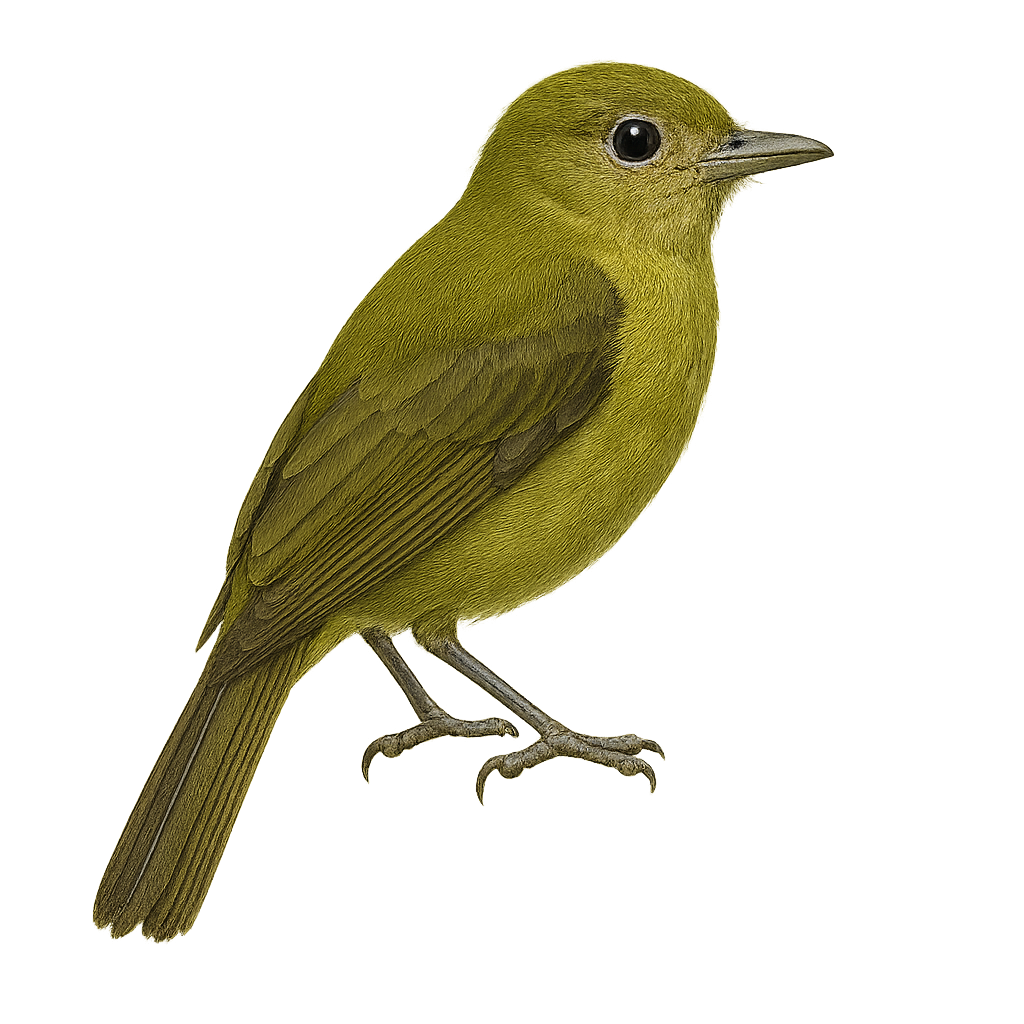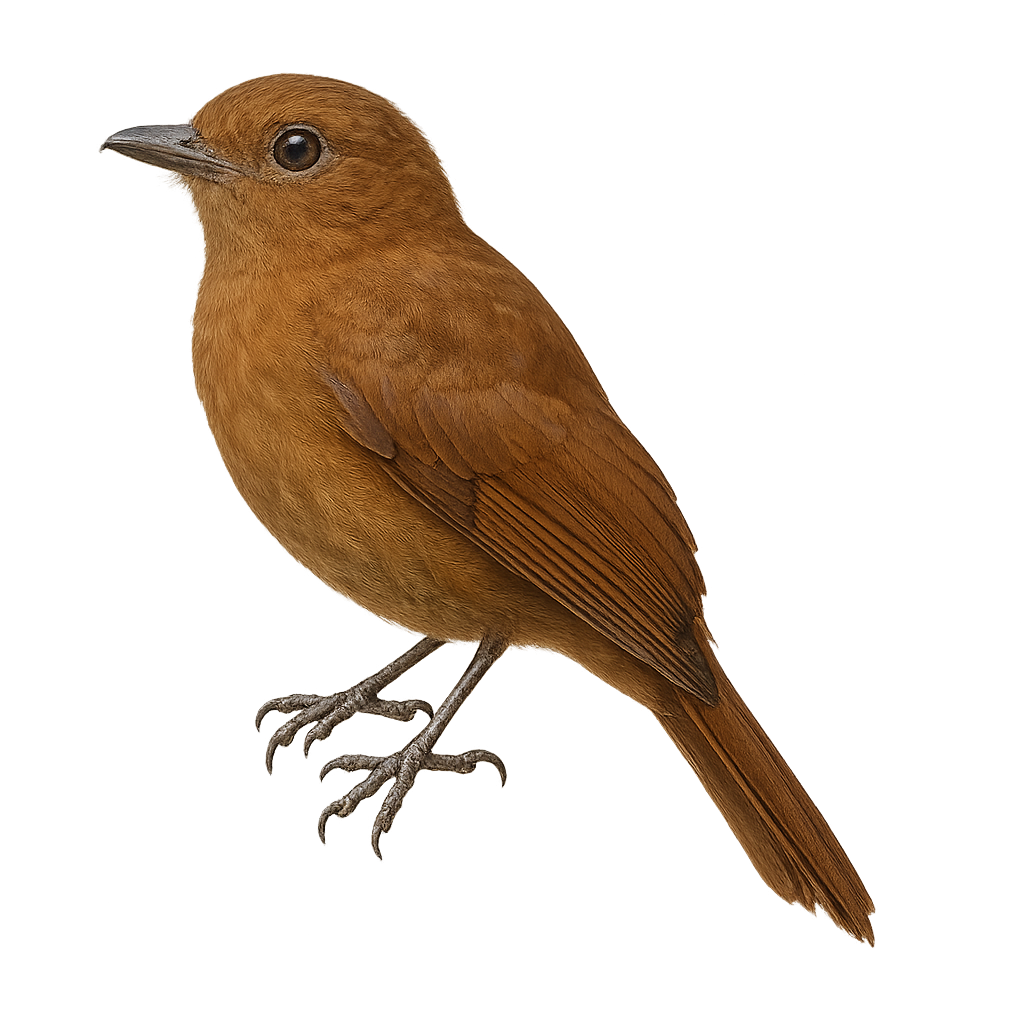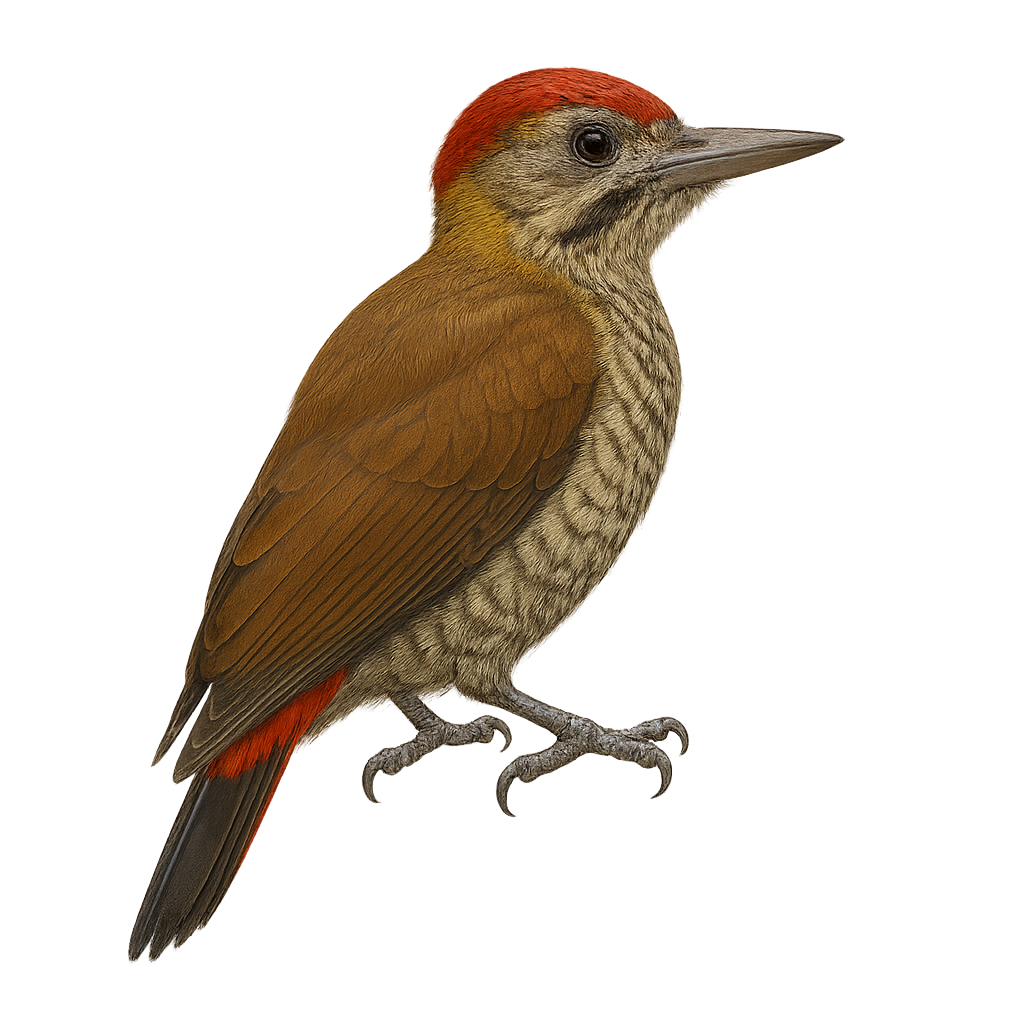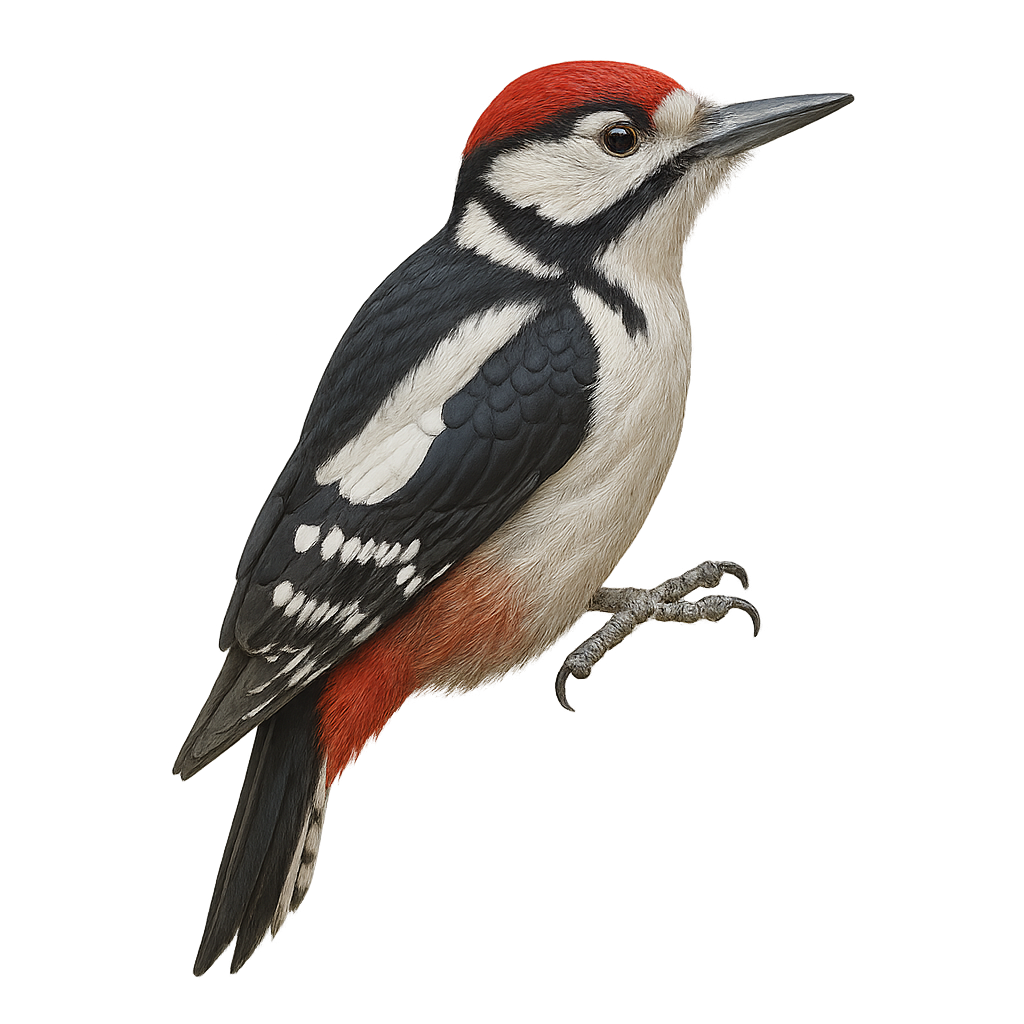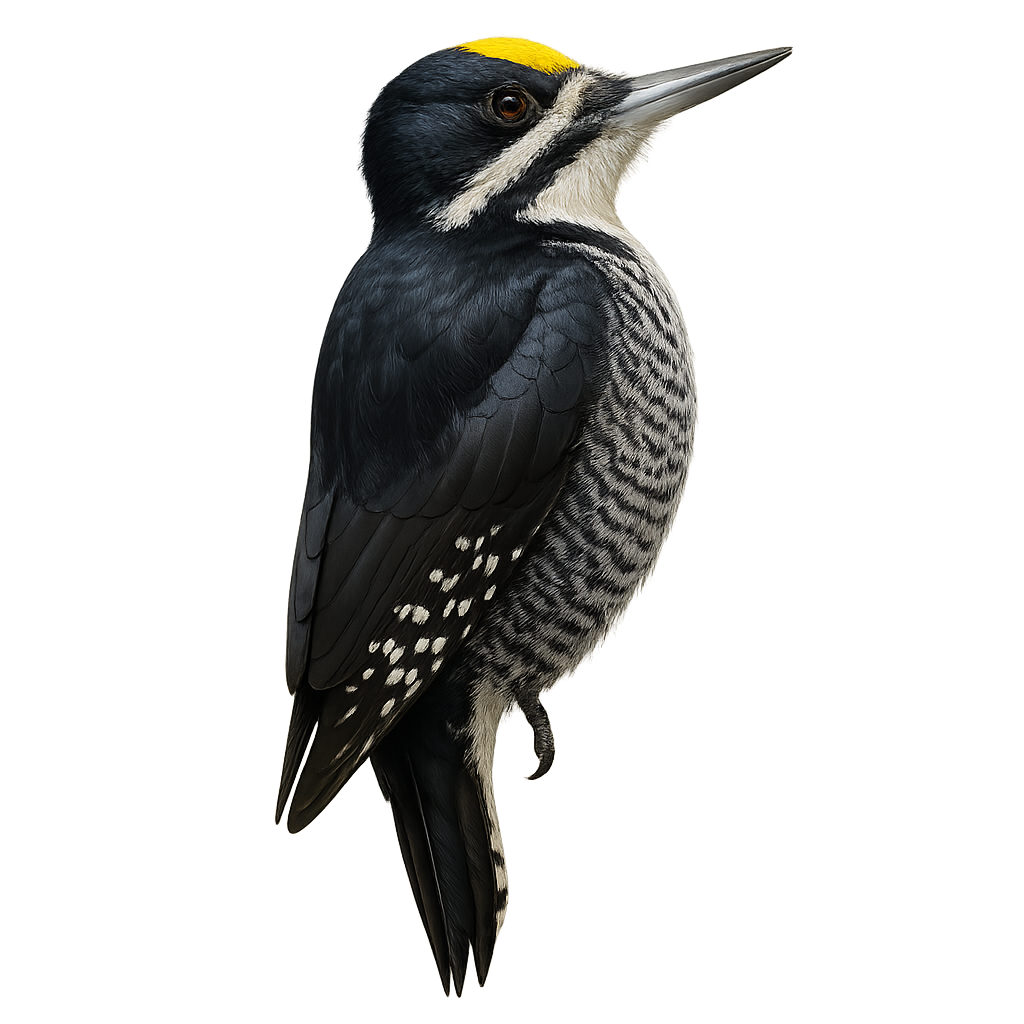The Western Screech-Owl, Megascops kennicottii, is a small nocturnal raptor belonging to the Strigidae family. It is primarily found in North America, especially in the wooded regions of the western United States and Canada. This owl is distinguished by its gray-brown mottled plumage, which allows it to blend seamlessly into its surroundings. Its piercing yellow eyes and subtle ear tufts are characteristic features. Known for its melodious and repetitive call, often heard at dusk, it is an opportunistic predator feeding mainly on small mammals, insects, and occasionally small birds. Its ability to adapt to various habitats, including urban areas, makes it a relatively common bird within its range.
The Eastern Screech Owl, Megascops asio, is a small owl native to eastern North America. It inhabits forests, parks, and suburban areas, and is known for its excellent camouflage, with plumage ranging from gray to reddish-brown. Measuring about 16 to 25 cm in length with a wingspan of 46 to 61 cm, it primarily feeds on insects, small mammals, and occasionally small birds. Its call, a soft, monotone trill, is often heard at dusk and during the night.
The Scops Owl is a small owl native to Europe, Asia, and North Africa. It measures about 22 cm in length and weighs between 100 and 150 g. Its plumage is primarily gray-brown, with patterns of spots and streaks that help it blend into foliage and tree trunks. It has tufts of feathers on its head, giving it a distinctive appearance. The Scops Owl is a nocturnal bird, primarily feeding on small mammals, insects, and occasionally small birds that it hunts at night. It is often seen perched on tree branches or utility poles. While this species is not in immediate danger, it is sometimes affected by habitat loss and human disturbances.
The Northern Saw-whet Owl, Aegolius acadicus, is a small owl in the Strigidae family. It measures about 18 to 21 cm in length with a wingspan of 42 to 56 cm. Its plumage is brown with white spots on the belly and a pale face surrounded by a distinctive facial disk. Primarily nocturnal, it feeds on small mammals, birds, and insects. It inhabits coniferous and mixed forests across North America, from southern Canada to the northern United States. Though elusive and hard to spot, its soft, repetitive call is often heard during the breeding season.
The Black-faced Spoonbill, Platalea minor, is a rare and iconic waterbird native to East Asia. It is distinguished by its pristine white plumage and its unique, flattened black spoon-shaped bill. Its black face, which gives it its name, contrasts with the rest of its body. This migratory bird primarily breeds in North Korea and China, wintering in Taiwan, Hong Kong, and Vietnam. It frequents coastal wetlands, estuaries, and salt marshes. Habitat destruction and pollution are the main threats to this vulnerable species. Conservation of its natural habitats is crucial for its survival.
The Least Tern, Sternula antillarum, is a small seabird belonging to the Laridae family. It is recognizable by its small size, white and gray plumage, and bright yellow bill. During the breeding season, it sports a black cap contrasting with its white forehead. It frequents sandy beaches, estuaries, and coastal lagoons where it nests in colonies. The Least Tern is a migratory bird, spending winters in South America and returning to North America to breed. It primarily feeds on small fish, which it catches by skillfully diving. Although its population is stable, it is vulnerable to habitat loss and human disturbances.
The White-headed Petrel is a medium-sized seabird belonging to the Procellariidae family. It is characterized by its white head, contrasting with a grey body and dark wings. This bird is primarily pelagic, spending most of its life at sea and returning to land only to breed. It nests on subantarctic islands, digging burrows in the ground to lay a single egg. Its flight is graceful and swift, often seen gliding over the waves. Although its conservation status is currently of least concern, it remains vulnerable to introduced predators on its breeding sites.
The Zino's Petrel, or Pterodroma madeira, is a rare seabird endemic to the island of Madeira. It is medium-sized, measuring about 32 cm in length with an 80 cm wingspan. Its plumage is mainly gray on top and white underneath, with long, slender wings. This bird is known for its graceful and agile flights over the ocean. It nests in burrows dug into the steep cliffs and mountainous slopes of the island. The Zino's Petrel is a nocturnal bird, making it difficult to observe. Unfortunately, it is critically endangered due to predation by introduced species and habitat loss.
The Murphy's Petrel, or Pterodroma ultima, is a medium-sized seabird belonging to the Procellariidae family. It is primarily found in the South Pacific, especially around the Pitcairn Islands and the Tuamotu Archipelago. This bird is characterized by its gray-brown plumage, long slender wings, and graceful, agile flight. The Murphy's Petrel feeds mainly on fish and squid, which it catches by diving into the ocean. It nests on remote islands, digging burrows in the ground to lay its eggs. Although its conservation status is concerning, efforts are underway to protect its breeding habitats.
The Snow Petrel, Pagodroma nivea, is a marine bird iconic to the Antarctic regions. It is distinguished by its entirely white plumage, which allows it to blend into the icy landscapes. Measuring about 30 to 40 cm in length with a wingspan of 75 to 95 cm, it is perfectly adapted to the extreme conditions of its habitat. Its black beak and dark eyes contrast with its immaculate plumage. The Snow Petrel feeds mainly on krill, fish, and squid, which it captures by diving into the icy waters. It nests on rocky cliffs, where it lays a single egg per year. This bird is a symbol of resilience and adaptation to the most hostile environments on our planet.
The Black-capped Petrel, or Pterodroma hasitata, is a medium-sized seabird known for its distinctive plumage, featuring a black cap contrasting with its white belly. It is primarily found in the Caribbean and North Atlantic, often far out at sea. This petrel is an excellent glider, using air currents to travel long distances with minimal effort. It nests in burrows on steep slopes, often in inaccessible areas. Unfortunately, it is threatened by habitat loss and predation by introduced species. Conservation efforts are crucial for its survival.
The Fea's Petrel, or Pterodroma feae, is a rare and elusive seabird belonging to the Procellariidae family. It is mainly found in the Cape Verde and Madeira islands, where it nests on steep and inaccessible cliffs. This petrel is characterized by its gray and white plumage, with a dark head and a black bill. It primarily feeds on fish and squid, which it captures by diving into the ocean. A migratory bird, it travels long distances at sea, often far from the coast. Its flight is agile and graceful, alternating between wing beats and glides. Due to its rarity and limited habitat, it is classified as vulnerable by the IUCN.
The White-tailed Tropicbird, or Phaethon lepturus, is an elegant and graceful seabird, recognizable by its bright white plumage and long central tail feathers that form a ribbon-like tail. Its bill is a vivid yellow, contrasting with its black eyes and feet. It primarily inhabits tropical and subtropical waters, nesting on isolated islands where it finds refuge in cliffs and rocky crevices. This bird is an excellent glider, using air currents to move effortlessly over the ocean. It feeds mainly on fish and squid, which it captures by diving with precision. Although often solitary at sea, it gathers in colonies for nesting.
The Red-billed Tropicbird is an elegant seabird, easily identifiable by its striking white plumage, long tail feathers, and vivid red bill. It primarily inhabits tropical and subtropical regions of the Atlantic Ocean, the Red Sea, and the Pacific Ocean. This bird spends most of its time at sea, returning to land only to nest on steep cliffs or isolated islands. It feeds mainly on fish and squid, which it catches by skillfully diving. Although generally solitary, it can be seen in small groups during the breeding season. Its population is stable, but it is vulnerable to human disturbances and introduced predators at its nesting sites.
The Red-necked Phalarope is a small wader bird primarily found in marshes, salt lakes, and estuaries in North America, Europe, and Asia. It measures about 20 cm in length and weighs between 30 and 50 g. What distinguishes it is its brightly colored plumage, with red and gray tones, and its fine, pointed bill, which allows it to capture insects and small crustaceans from the water. The Red-necked Phalarope is an excellent swimmer and spends much of its time spinning on the water to capture its food. While its population is not currently in danger, it is vulnerable to habitat loss, pollution, and human disturbance, especially during the breeding season.
The Red Phalarope is a medium-sized aquatic bird, measuring about 20 to 22 cm in length with a wingspan of 40 to 46 cm. It is distinguished by its bright breeding plumage, featuring a gray back, white head, and reddish chest. Outside the breeding season, its plumage becomes duller, with gray and white tones. This bird is known for its reversed breeding roles, where females are more colorful and court males. It primarily feeds on small aquatic invertebrates, which it captures by swimming in circles to create whirlpools that bring food to the surface.
The Wilson's Phalarope, or Phalaropus tricolor, is an elegant and graceful bird belonging to the Scolopacidae family. It is easily recognizable by its distinctive plumage, with shades of gray, white, and brown, and its long, thin beak. This phalarope is unique for its reversed breeding behavior, where traditional roles are swapped: females are more colorful and court males, while males incubate the eggs and care for the young. It is primarily found in the wetlands of North America, where it feeds on small aquatic invertebrates. As a migratory bird, it travels long distances to reach its wintering grounds in South America.
The Phainopepla is an elegant and distinctive bird, easily recognizable by its glossy black plumage in males and gray in females, with striking red eyes. This bird measures about 18 to 20 cm in length and has a long, slender tail. It is primarily found in the arid and semi-arid regions of the southwestern United States and Mexico. The Phainopepla feeds mainly on fruits, especially mistletoe, but also consumes insects. Its song is a soft whistle, often heard during the breeding season. It is known for its acrobatic flights and territorial behavior during nesting.
The Yellow-bellied Sunbird-Asity, or Neodrepanis hypoxantha, is a small bird endemic to Madagascar, admired for its striking plumage. It features a bright yellow belly contrasting with an olive-green back and a black head. This passerine primarily inhabits montane rainforests, feeding on nectar and insects. Its curved beak is perfectly adapted for extracting nectar from flowers. Though discreet, it plays a vital role in the pollination of local plants. Unfortunately, deforestation threatens its natural habitat, leading to a decline in its population. Conservation efforts are crucial to ensure its long-term survival.
The Schlegel's Asity is an endemic bird of Madagascar, known for its vibrant plumage and unique breeding behaviors. Males display bright yellow colors with blue ornaments around the eyes, while females are more subdued with green and brown hues. These birds primarily inhabit the humid tropical forests of northern Madagascar, where they feed on fruits and insects. Their song is melodious and complex, often used to attract mates during the breeding season. Although their population is stable, deforestation poses a potential threat to their natural habitat.
The Common Sunbird-Asity, or Neodrepanis coruscans, is a small bird endemic to Madagascar, known for its vibrant plumage and fascinating behaviors. It primarily inhabits the island's humid tropical forests, where it feeds mainly on nectar, but also on insects and spiders. This small bird features bright yellow plumage with metallic sheens, making it easily identifiable. Males, in particular, display more vivid colors during the breeding season to attract females. Though discreet, the Common Sunbird-Asity plays a crucial role in pollinating local plants. Its population is stable, but deforestation poses a potential threat to its natural habitat.
The Velvet Asity, or Philepitta castanea, is a bird endemic to Madagascar, belonging to the Eurylaimidae family. It is recognizable by its velvety black plumage in males, with a bright yellow rump, while females have more subdued tones. This bird primarily inhabits the island's humid tropical forests, where it feeds on fruits and insects. During the breeding season, the male performs spectacular courtship displays to attract the female. The species is currently classified as "Near Threatened" by the IUCN due to deforestation and habitat loss.
The Sedge Warbler is a small passerine bird from the Acrocephalidae family, commonly found in marshes and wetlands across Europe and Asia. It is characterized by its brown plumage with black streaks on the back and a lighter underside. Its song is a complex mix of trills and whistles, often delivered from a high perch. A migratory species, it winters in sub-Saharan Africa. It feeds mainly on insects and spiders, which it catches in dense vegetation. During the breeding season, the male builds several nests to attract a female. The final nest is often located in reeds or low bushes, well hidden to protect the eggs and young from predators.
The Grey-tailed Piha, or Snowornis cryptolophus, is a fascinating bird found in the humid forests of South America. It is characterized by its subtle plumage, mainly grey with hints of brown and green, allowing it to blend seamlessly into its surroundings. This bird is often challenging to spot due to its discreet behavior and dense habitat. It primarily feeds on fruits but may also consume insects. The Grey-tailed Piha is a solitary bird, although it can sometimes be seen in small groups during the breeding season. Its song is melodious yet discreet, adding to the difficulty of locating it in the wild.
The Lipaugus unirufus, commonly known as the Rufous Piha, is a bird from the Cotingidae family. It is primarily found in the humid tropical forests of Central and South America. This bird is notable for its uniformly rufous plumage, which allows it to blend into its natural habitat. It measures about 25 to 28 cm in length and feeds mainly on fruits and insects. The Rufous Piha is often difficult to spot due to its discreet behavior and melodious song that echoes through the canopy. Although not considered threatened, deforestation poses a potential threat to its habitat.
The Squirrel Cuckoo, or Piaya cayana, is an elegant and slender bird, recognizable by its reddish-brown plumage and long tail striped with white. It primarily inhabits the tropical and subtropical forests of Central and South America. This cuckoo is often seen moving agilely through the canopy, searching for insects and small vertebrates. Although generally solitary, it can sometimes be seen in small groups. Its call is a soft whistle, often heard at dusk. The Squirrel Cuckoo is a fascinating bird due to its discreet behavior and ability to blend into its environment, making it sometimes difficult to spot despite its relatively large size.
The Red-stained Woodpecker, or Dryobates kirkii, is a small woodpecker known for its red and brown plumage. It primarily inhabits the tropical and subtropical forests of South America, particularly in Colombia, Venezuela, and Brazil. This woodpecker is recognizable by its reddish head in males, while females have a more subdued cap. It feeds mainly on insects, which it extracts by drumming on tree bark. Although discreet, its drumming is often audible in its natural habitat. It plays a crucial role in the ecosystem by controlling insect populations and creating tree cavities that serve as nests for other species.
The white-backed woodpecker is a medium-sized forest woodpecker of 22–25 cm, with black and white plumage featuring a broad white back and red crown in males. It inhabits old deciduous and mixed forests rich in dead wood, feeding on insects and larvae excavated from bark. During breeding, it excavates a nest cavity in an old tree and the male drums to attract the female and defend territory.
The Black-backed Woodpecker, or Picoides arcticus, is a fascinating bird primarily inhabiting the boreal forests of North America. This woodpecker is easily recognizable by its glossy black plumage on the back and white flanks. It measures about 23 cm in length and has a powerful beak, ideal for digging into wood in search of insects. It primarily feeds on beetle larvae found under the bark of dead or dying trees. The Black-backed Woodpecker plays a crucial role in the forest ecosystem by helping control pest insect populations and creating cavities that serve as shelters for other species. Although generally discreet, its distinctive drumming can be heard from afar.
The Golden-fronted Woodpecker, Melanerpes aurifrons, is a medium-sized bird, measuring about 20 to 24 cm in length. It is easily recognizable by its distinctive plumage, featuring a black and white striped back and a head adorned with a golden patch on the forehead. Males have a red crown, while females have a more subdued head. This woodpecker is primarily insectivorous but also feeds on fruits and seeds. It inhabits various environments, including open forests, woodlands, and semi-arid regions from the southern United States to Honduras. Known for its noisy behavior, it often drums on tree trunks.


